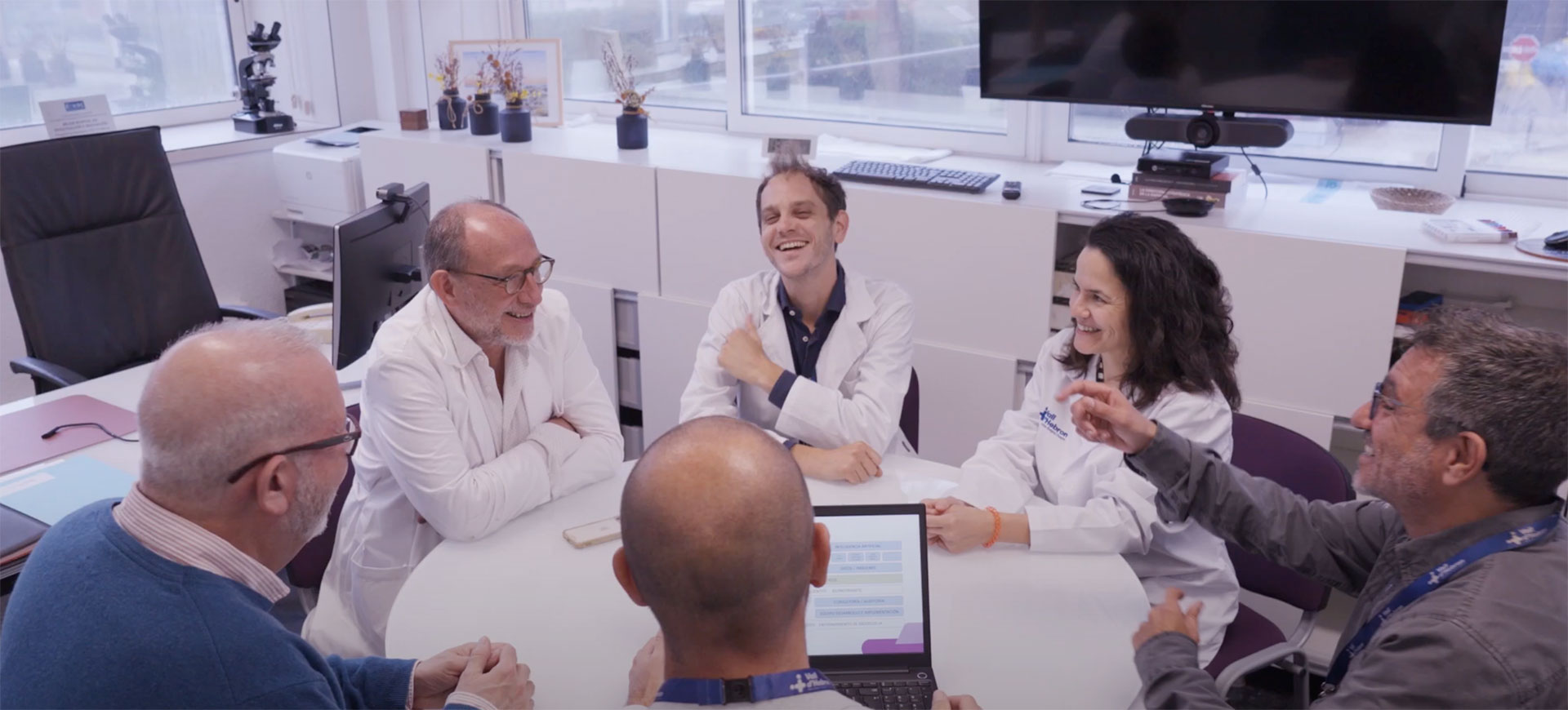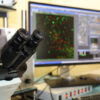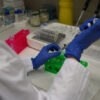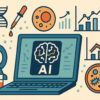AI is gaining prominence in biomedical research
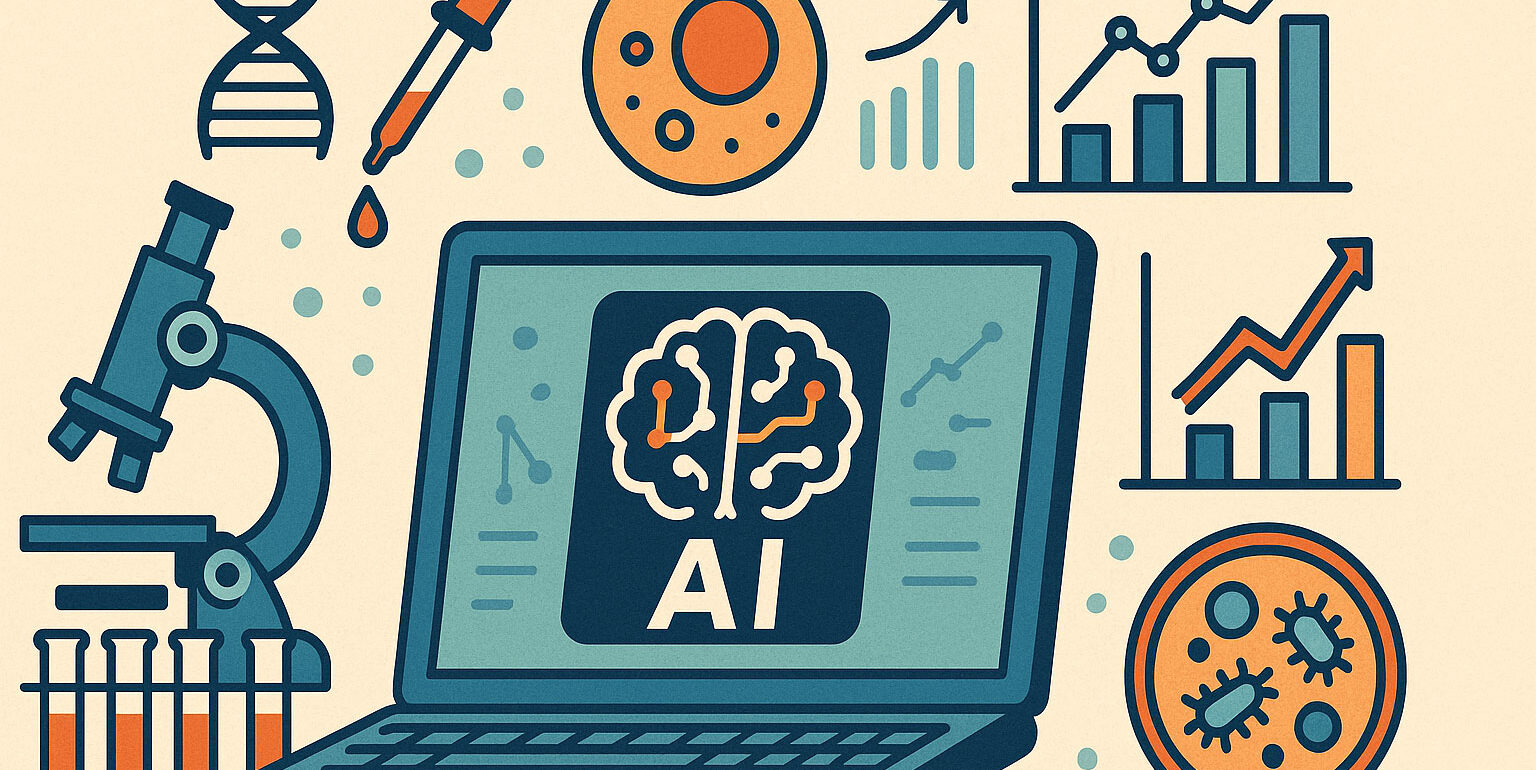
Although in some respects artificial intelligence (AI) may still seem somewhat futuristic, its importance in the biomedical field is growing steadily and has evolved over the past 10 years to become essential to many research projects. In fact, research involving AI is expected to grow exponentially in the coming years. This was the focus of the conference on the use of AI in Biomedical Research, organised by the Vall d’Hebron Research Institute (VHIR) in June 2024, where several examples of how AI is being applied within the institution were presented.
In fact, VHIR is already using AI across several research areas. For example, in the Cardiovascular Diseases Research Group, AI is proving highly useful in cardiac imaging by automating tasks, which in turn reduces time and increases data reliability. On the other hand, AI is also used to uncover things that people are unable to detect.
The Clinical and Translational Bioinformatics Research Group encountered a vast volume of biomedical data that needed to be integrated in order to generate predictions. Thanks to AI, they are now able to make blind predictions of variants associated with breast cancer and metachromatic leukodystrophy, which rank first or second.
The Molecular Medical Imaging Research Group uses AI not only to simplify the segmentation of regions and avoid doing it manually, but also to develop their own software. With the AI tools they are developing, it will be easier to access the diagnosis and prognosis of specific diseases, making personalised medicine more achievable through treatments or interventions tailored to each patient.
As for multiple sclerosis, in the Clinical Neuroimmunology Group, AI has helped to automate all the predictive models they have been compiling for nearly 30 years. These new tools therefore enable automated and accurate analysis of the progression of multiple sclerosis, which has a significant impact on therapeutic management.
AI vs Human Expert in Biomedicine
Biomedical problems are complex, and the solutions are often unstable and limited. This is true for both humans and machines, which have error rates ranging from 10% to 30%. Thanks to AI, human experts now have a valuable opportunity to diagnose rare diseases earlier and help prevent long-term complications for patients. Making this possible requires more than just a solid data system; it also depends on high-quality data and effective data management. And this is where the human expert adds real value.
Therefore, AI can never replace the human expert; it is the professional who must supervise the AI tools they use to support their work. In any case, the aim of using AI in biomedical research must be to improve patient care.
If you’d like to learn more about the AI projects under way at VHIR, don’t miss this video:
*Photo generated using AI tools

